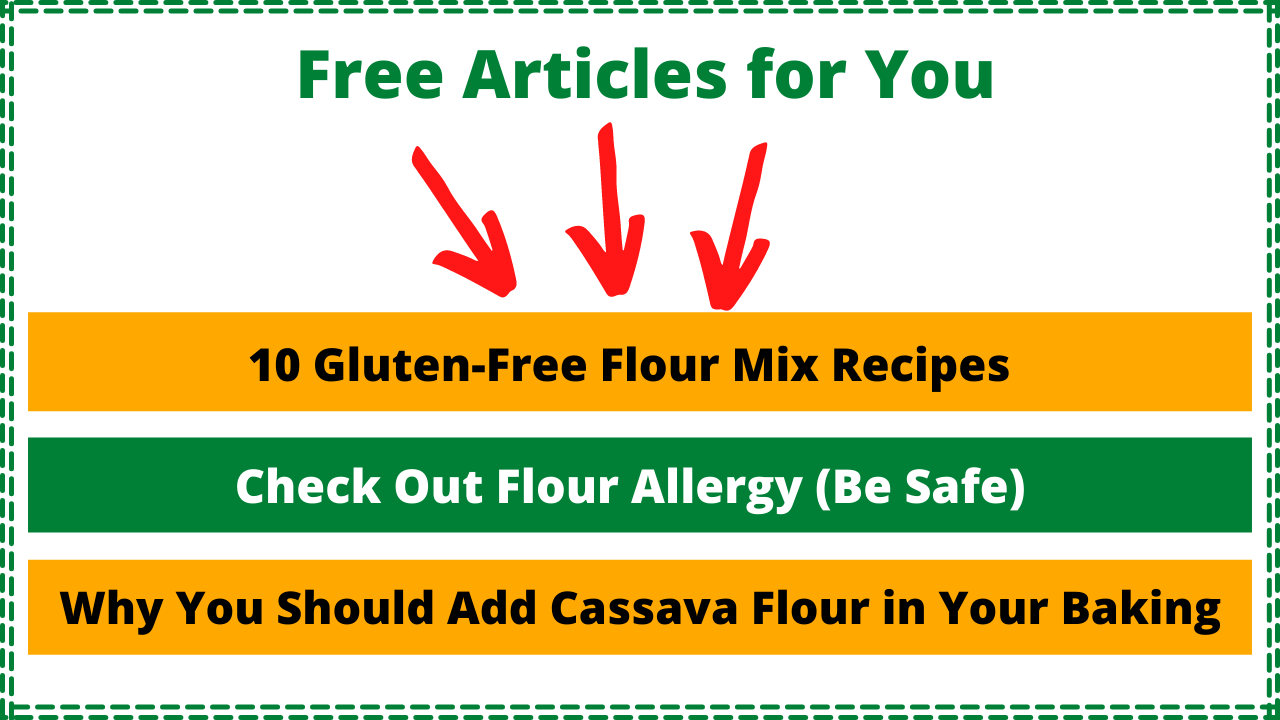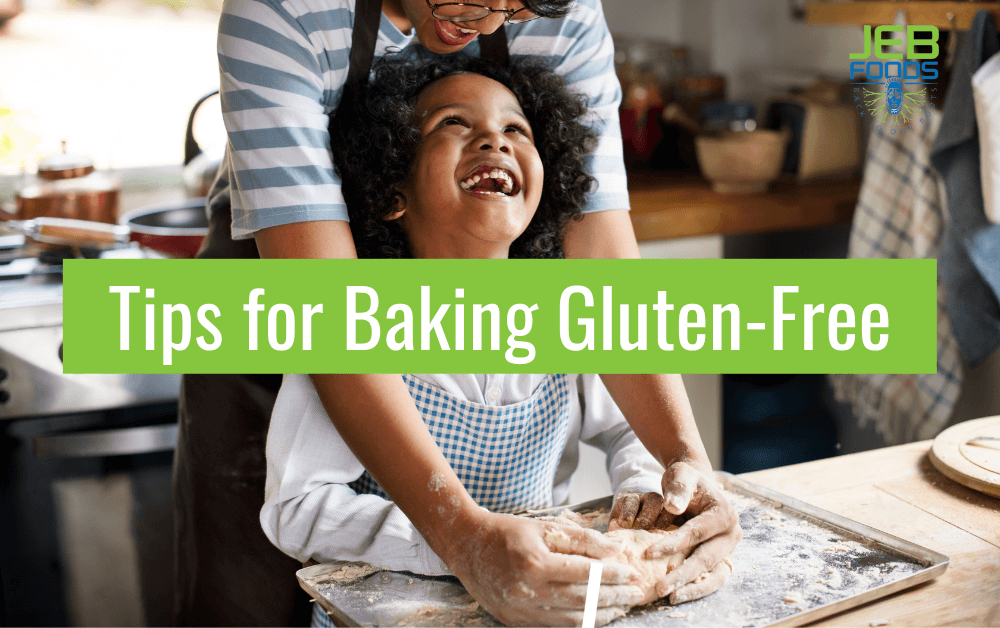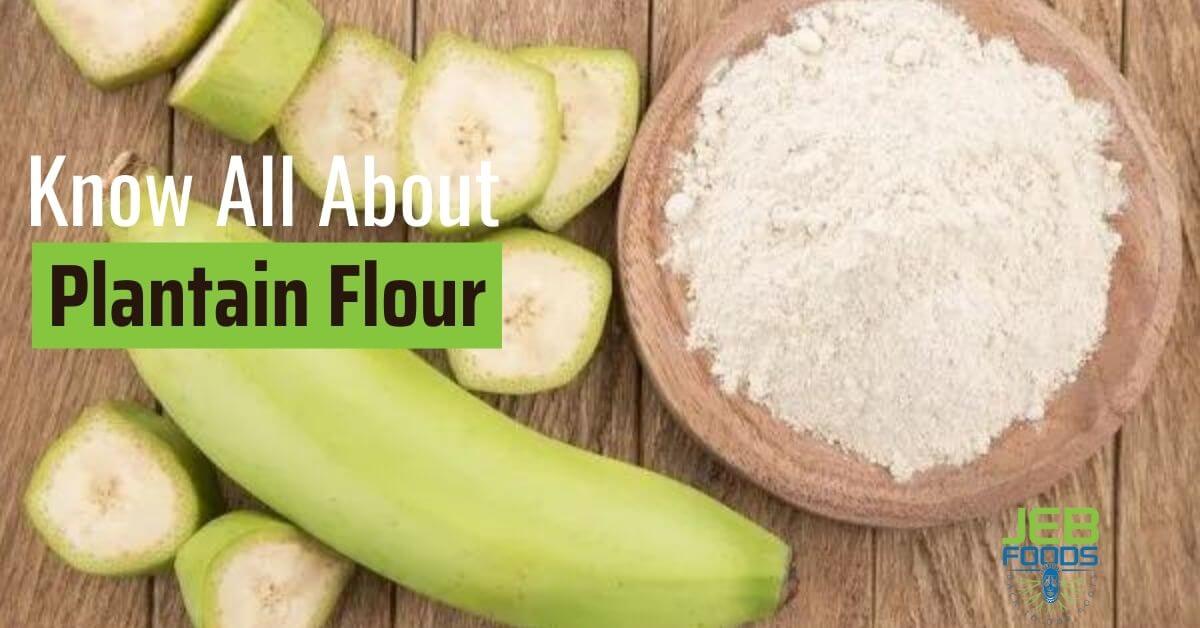Here I tell you my ten best tips for gluten-free baking. Being an advocate for gluten-free meals and having consistently used cassava flour for 8 years, I am happy to give these tips.
Whether you are a fresh over of gluten-free meals or you are already into it, these tips will help.
But if you are yet to understand the whole concept of gluten and gluten-free meals, let me refer you here to gather more information
Now let’s get into my tips.
It’s Not Like Wheat Flour
Table of Contents
ToggleMy most important tip is that you CANNOT mix gluten-free flour into gluten flour mix for your recipe just like that.
Gluten-free doughs have different baking properties, which means they bind more or less liquid, coarser or finer, prefer the top and bottom heat, etc.
In most cases, you can’t just replace flour with gluten-free flour, and that Baked goods are as successful as with gluten.
That sounds like a banal tip at first, but believe me, that’s the most important of all. Gluten-free flour is not just a different type of flour such as “then just use spelled flour” (which also contains gluten)
But unfortunately, that is a bit more complicated. Therefore, be smart and inform yourself well, then you will also succeed in gluten-free baking better and better over time.
Here is my comparison of Cassava flour vs Wheat flour
Mix Gluten-Free Flours Yourself, Eat Healthier and Save Money
I almost always use gluten-free flours that I mix myself in my recipes. I must combine several types of flour to optimize the taste and baking properties.
Of course, you can also use gluten-free ready mixes to start with. Maybe that’s a good start to the subject. But gluten-free ready mixes or gluten-free ready-made products are quite expensive in the long run.
So if you take a closer look at the topic, you can easily mix gluten-free flours yourself and save a lot of money. In addition, you then eat a lot fewer additives and preservatives, it tastes better than with ready-made mixes, and the variety is greater.
Peradventure, you’re sensitive and have other intolerances; that’s a very good idea. There is an overview of gluten-free flours if you don’t already have an overview.
If you would love to go deeper into mixing your flour, see it here.
Nothing Works Without A Binding Agent For Gluten-Free Flours
Gluten-free ready mixes already contain a binding agent. If you mix gluten-free flours yourself, you need a binding agent; otherwise, the dough won’t stick together.
Here I have an overview of gluten-free binders. I often use ground psyllium husks for binding, but I also use xanthan gum.
If you’re wondering how ground psyllium husks help gluten-free baking, read my post about it. Without a binding agent, your baked goods will be rock-hard.
Measure Gluten-Free Flours Very Precisely
My recipes always contain precise amounts, and I mean them very seriously. I measure every gram meticulously; otherwise, the recipe won’t work in the end.
Unfortunately, you cannot work with the thumbs-up, like with wheat flour. At the same time, you always have to keep an eye on the amount of fluid.
The consistency of the dough has to be right. If the dough does not have enough liquid, the pastry will also be rock-hard.
So if you want to grind flour and a different product freshly is used in the recipe, you may need to adjust the amount of liquid.
You have to weigh the flours and binders exactly but flexibly adjust the amount of liquid if necessary.
If you want to learn the 34 different flours you can mix and their options, check here to read.
The Consistency Is Important Pay Attention To The Consistency
Please pay attention to the consistency when baking gluten-free. Pick up the dough, especially if you don’t have that much experience.
Feel how the dough feels and whether it is too firm or too runny. The consistency has to be right; otherwise, it won’t work.
In some recipes, the dough consistency is more fluid; with others, it has to be pliable; it is rather har with pasta dough.
If the consistency doesn’t fit, you may need to add a little more flour or more liquid or more fat, etc.
Always Prepare Gluten-Free Yeast Dough With Pre-Dough
I always mix a pre-dough with the yeast so that I know whether the yeast is working properly. This works best in a plastic container, not in a hollow directly in the gluten-free flour.
If in doubt, I won’t spoil my gluten-free flour mixture this way. It doesn’t matter whether I work with fresh or dry yeast.
I always make this pre-dough. All you have to do is mix lukewarm water with sugar and yeast with a teaspoon.
After ten minutes, the yeast should start to bubble clearly; then, you will see that the yeast is working well.
Now is the right time to add the yeast water to the flour. It can no longer fail because of the yeast.
Gluten-Free Yeast Dough Does Not Rise As Strongly and May Take More Time
Gluten-free yeast dough does not rise as strongly as normal dough, and it sometimes takes a little more time. It cannot be easy, but it’ll be easy to do if you follow a few tips.
As with normal yeast dough, all ingredients must be lukewarm. As I said, you should prepare a pre-dough with the yeast and then let the dough rise in a plastic bowl in a warm place.
I often turn my oven on and then off again on the lowest setting. By the time I have finished the dough, the oven has cooled down, making it the perfect warm place for the yeast dough.
The dough should increase in size, and if it hasn’t done so after the allotted time, give it more time. If you want more tips for gluten-free yeast dough, check out my recipe for gluten-free yeast dough.

Baking With Top And Bottom Heat And Moisture
Most of my gluten-free recipes are baked with top and bottom heat. Simply because it works better with gluten-free dough, it is often a good idea to fill a tray or container with water and leave it in the oven while baking.
Then the baked goods get more moisture. This works very well with bread, for example. Moisture is very important in gluten-free pastries.
Always Change Only One Ingredient
I recommend only replacing one ingredient with another per recipe. Simply because it is still halfway likely to succeed, you won’t end up with much good if you replace several ingredients.
This is just an experience. For example, you can replace binders with other binders or replace eggs. It is relatively easy to replace one starch with another, e.g., corn starch with potato starch or tapioca starch.
Replacing cornmeal will be more difficult, but here’s a list of corn-free gluten-free recipes. In most cases, you can replace milk with plant-based or lactose-free milk.
You can also replace yogurt with vegetable or lactose-free products. Butter or vegetable margarine usually both work equally well.
Depending on the recipe, it is sometimes more difficult to replace cream or egg whites. But I have a recipe for vegan egg whites.
If you want to replace sugar, it depends, for example, on the amount or the volume in the recipe. It is low in fructose with rice syrup or replaces sugar with sugar alternatives such as erythritol or stevia.
You can also replace sugar with dates or other fruits, for example. However, that depends a lot on the recipe.
Do a test and try half the amount of the recipe first, then you don’t have to throw away as much if in doubt.
Freeze Gluten-Free Pastries Because They Harden Quickly
Please eat gluten-free pastries immediately or freeze them. It just hardens quickly, partly because it does not contain any preservatives.
That’s why I always bake fresh (never the evening before) and always freeze leftovers. Thawed, I can briefly bake it in the oven on low heat, and it tastes (almost) like freshly baked.
I usually bake larger quantities and freeze, e.g., bread slices or, e.g., rolled out pizza crusts. Frozen pizza bases are easy to top and bake frozen, almost as quick as a ready-made pizza.
Final Thoughts
If you have a gluten intolerance, wheat allergy, coeliac disease, or you’re gluten-free by choice, it’s likely you already know that making high-quality, gluten-free baked goods poses a particular problem.
It’s gluten that gives bread its elasticity and cakes its lightness. Gluten-free flour is now available in most supermarkets. You can also get it online at Jeb foods cassava flour.
But these flours take a bit of diligent work with than regular flours. It’s just a matter of getting used to cooking with them.
The good news is that you can also use plenty of naturally gluten-free flour alternatives, but my concentration is on cassava flour used for cakes, bread, and pastries.




